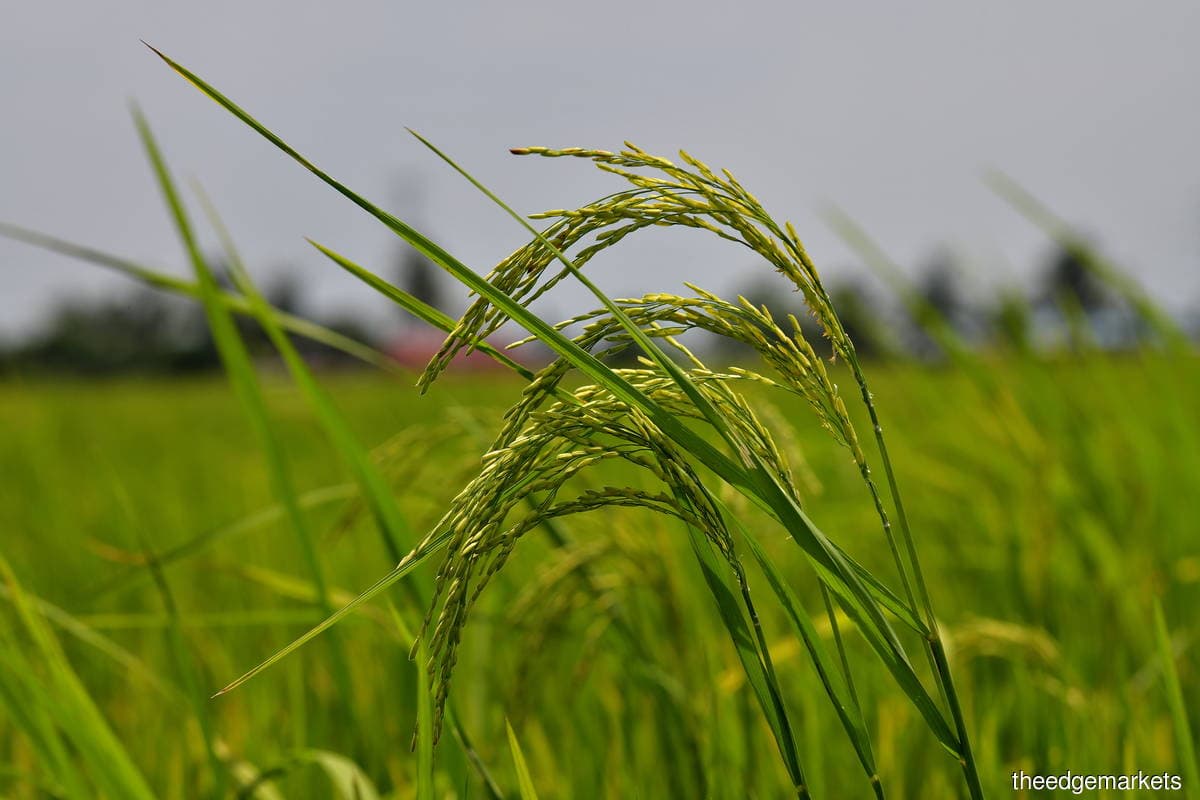
KUALA LUMPUR (March 10): Some 14,098.26 hectares of agricultural land, which are categorised as potential rice fields, have been left unattended by private owners in the peninsula and Labuan federal territory, according to the Ministry of Agriculture and Food Security.
The ministry voiced concern that the acreage of unattended potential land for rice production is sizeable.
It pointed out that an estimate of 53,122 metric tons of rice would have been produced a year if the lands were cultivated, based on the current average yield of 3.768 metric tons per hectare.
Statistics on Padiberas Nasional Bhd’s website, the sole approved permit holder to import rice, said Malaysia imports about 30% of its domestic rice demand, averaging at 750,000 metric tons, this compares to local paddy production of 1.734 million metric tons.
Overall, the unattended agricultural land, including those potential rice fields, amounted to 103,563 hectares in 2022.
“The ministry, through the Department of Agriculture, has implemented various efforts including identifying areas of abandoned paddy land that have the potential to be developed as additional areas for replanting rice,” it told the Dewan Rakyat in a written reply dated Thursday (March 9).
“However, this effort faces challenges in terms of irrigation and drainage systems, large number of land ownership, small land area and weak infrastructure,” it added.
The ministry was responding to Datuk Seri Ismail Abd Muttalib [PAS-Maran], who asked about the total area of abandoned land categorised as paddy field that is not developed by owners in rural areas and whether the ministry intends to develop it in an effort to increase the country's rice production in order to reduce the imports.
The ministry said it always strives to develop abandoned paddy land while at the same time optimise existing land resources to increase rice production.
One of the ways to optimise these lands is through consolidating them through contract farming or leases between the government and the private sector through a management system, said the ministry.
This method could optimise land use and improve the efficiency of planting activities and the production of post-harvest products, it said.
For more Parliament stories, click here.